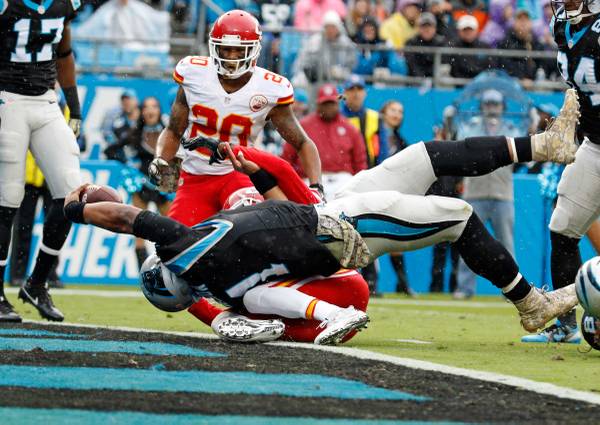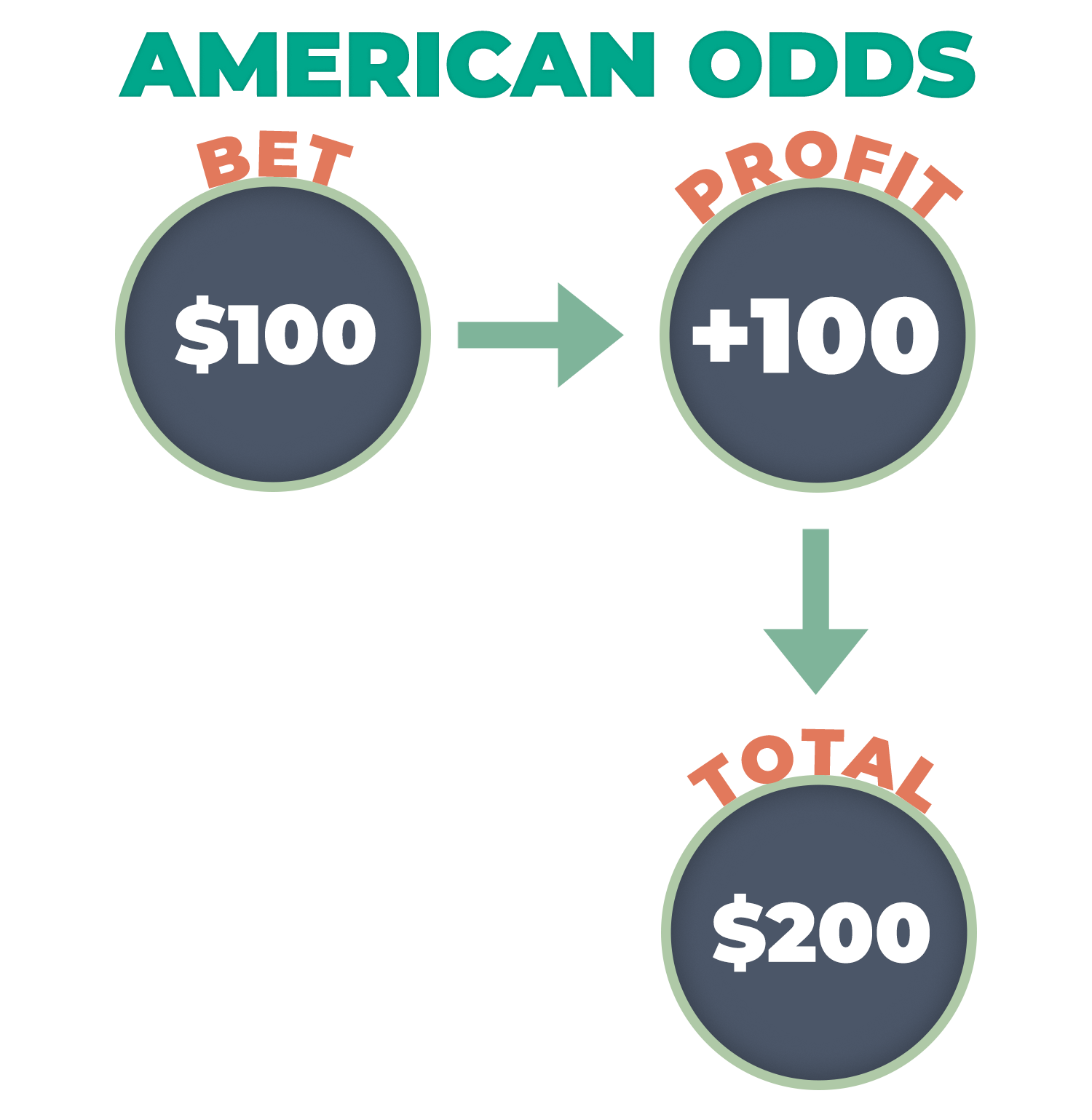Sports Betting Plus And Minus
- Plus And Minus Games
- Sports Betting Plus And Minus
- Sports Betting Plus And Minus 24
- Betting Lines Explained
- Live Betting Sites
- Plus And Minus Symbol
Reading odds may be the first part to figure out before you begin sports betting, as they specify the implied probability of an outcome and how much money can be won.
The short answer to the question of 'what do the plus and minus signs before the odds number mean' is: a minus sign indicates a favourite to win, while a plus sign indicates an underdog. For instance - let's say that a team is -145 to win a game. The favorite in a matchup, indicated by a minus (-) sign, will have a given number of points taken away from its final score, while the underdog, known by its plus (+) sign, will have the same number of.
Plus And Minus Games
Odds can refer to moneyline, spread and total bets, and they can be displayed as American, British (fractional) or European (decimal). While odds look different, they mean the same thing.
American Odds
Most sportsbooks in the United States use American Odds. The main signifiers of American odds are that they either have a plus (+) or minus (-) in front of them and are in terms of 100.
Sports Betting Plus And Minus
Understanding plus (+) and minus (-) odds is the most important thing before learning about American odds.
Plus and Minus Odds

The plus (+) and minus (-) in sports betting can refer to either the point spread or betting odds. In terms of the spread, the ' - ' always refers to the favorite and the ' + ' always refers to the underdog. For example, you can bet the Dallas Cowboys as a -7 point favorite to beat the Green Bay Packers or the Packers as a +7 point underdog. If you bet the Cowboys -7 and they win by more than seven points, you win your bet. Similarly, if you bet the Packers +7 and they lose by less than seven points or win outright, you win your bet.
It's a similar case for the betting odds, though favorites don't always have a ' - ,' especially in sports like baseball, hockey or soccer where final results are often decided by one run or one goal. It's especially the case in soccer since matches can end in draws, whereas a winner is declared in almost every other sport because of overtime rules. However, in most cases, the favorite will have a ' - ' in front of its moneyline odds while the underdog will always have a ' + .'
For an example of moneyline betting odds, you can bet the Eagles as a -150 favorite to win or the Giants as a +180 underdog to win. If you bet $100 on the Eagles to win at -150, you would net a payout of $166.70. If you bet on the Giants to win at +180, the payout would be $280 because they are an underdog.

For something like soccer, Arsenal could be a +150 favorite against Everton as a +190 underdog, while the draw would be set at +220. In this case, the payout would be decent for every situation mainly because the teams are even and there are three possible results compared to just two for something like football (unless they go scoreless in overtime). In this case where both teams have a ' + ' in front of their odds, the team with the lower number is the favorite. The lower number also means a lower payout, which is always the case for betting the favorite on the moneyline. A $100 bet on Arsenal +150 would net $250, while a $100 bet on Everton +190 would net $290. Going further, a $100 bet on the draw at +220 would payout $320.
Moneyline Bets
A moneyline bet is on the straight-up winner of a game.
Moneyline bets are as straightforward as it gets in sports betting. You're betting on which side will win an event and if that side wins, you win.


Spread Bets
A spread bet is on the forecasted point differential between two teams. A minus (-) indicates the favorite and a plus (+) is the underdog.
In each bet, a push is also possible if the Lakers win by exactly seven points. That would mean each side gets their money back.
As for the odds, the most common number for spread bets is -110, but that number varies depending on the location, sportsbook and how popular each side is. The typical number is -110, which means you have to bet $110 to win $100. However, there are states where odds are worse in order to get the state more money such as -115 or -120. This is also called the vig, which is the amount the sportsbook charges per bet.
Sports Betting Plus And Minus 24
If two teams are equal, PK will be given alongside a team name which means the matchup is considered a 'pick 'em.' In this case, point spread doesn't matter as this boils down to a moneyline bet and a tie would get your money back.
Betting Lines Explained
Over/under (total) Bets
An over/under bet applies to the score or points in a given contest.
The below over/under table is for the Dallas Cowboys and New York Giants game.
Live Betting Sites
Similar to a spread bet, if the Cowboys and Giants combine for exactly 49 points, it's a push and each side get their money back. Also similar to spread bets is that the odds can vary.
Decimal Odds (British)
Decimal odds are most popular in Australia, Canada, Europe and New Zealand. These odds may be the easiest of the three to understand just by looking at the numbers.
The team with the higher of the two numbers is the underdog and the team with the lower of the numbers is the favorite. The return can be calculated by multiplying the bet with the the decimal odds.
Fractional Odds (European)
Plus And Minus Symbol
Fractional odds are most popular in the United Kingdom and Ireland, and are often the choice for horse racing. Also, a lot of sportsbooks in the United States will use fractional odds for futures odds.
Example odds to win the Super Bowl:
Similar to decimal odds, the return can be determined by multiplying the odds and the bet. Above, 100 times 2.5 (5/2) equals 250. In horse racing, odds will dip to something like 3/5 or 5/7 which usually means that horse is a big favorite. A 3/5 favorite is equal to -167 in American odds and 1.6 in decimal odds.



